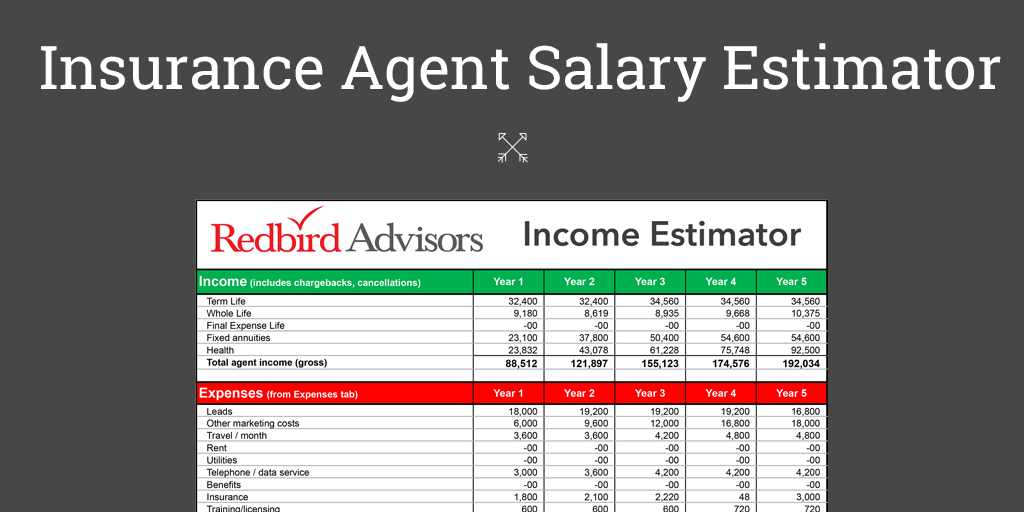Reading time… 6 minutes
Sometimes good content for the Redbird Update is right under our nose. The Q&A session at the end of our twice-weekly training sessions (every Tuesday and Thursday at 10 CDT) always generates good information. With our increased emphasis on annuities, we thought we would share some of the insights from our resident expert on annuities and all else insurance, Drew Gurley.
Get Your Updated Copy of Annuity Rates
If you’re interested in learning more about annuities, read on… and join in one of the upcoming training classes.
What is spousal continuance?
Drew: “This is when one spouse passes away and the surviving spouse is able to receive the balance of the annuity. However, this option is available only if, at the time of the application, the client elected the lifetime payout rider. The insurance carrier simply recalculates the payout of the remaining balance based on the surviving spouse’s age at that time. ”
How do we determine the allocation/crediting methods?
Drew: “This is often a confusing component of annuities for agents. And, if it’s confusing for agents then imagine how clients feel. Clients have multiple options or, as I like to call them, buckets, where they can direct the type of crediting methods for their annuity. The industry sometimes calls them indices.
“As you can imagine, each carrier has its own “buckets”. It could be the S&P annual point to point or monthly point to point, or a fixed account where today they might get a blistering 1.15%. Every carrier is different, and that’s what makes it so difficult if the agent isn’t ready.
“Where agents get in trouble is when they don’t prepare properly. The smart agent looks at the application before they go near the client. I wish agents would pick up the phone and call us before they meet with a customer. More than anything the mistakes they make are not asking enough questions to ensure they fully understand the client’s needs. And, as we know, client needs can change rapidly.”
What do I tell a client regarding rolling money from a variable annuity to a fixed annuity?
Drew: “The process to transfer the money is pretty painless. However, the real issue in this process is making sure we completely understand the client’s purpose in doing this. A variable product is market-based, a non-guaranteed product, whether it is a variable annuity, variable universal life, a stock, bond or a mutual fund. Conversely, Redbird sells only fixed products and fixed indexed annuities which have no volatility and are completely guaranteed.
“The fact that a client is open to moving away from a market-based product raises all kinds of questions about what might be going on in their life. We need to know as much as possible so that money moves to exactly the right place and for exactly the right reason. Remember through these products they have the option upon the anniversary of their policy to reset the various “buckets”.
“It’s all about asking the right questions. All our agents should download the free Redbird Fact Finder that can be found on our www.redbirdagents.com website.”
What are the differences between an Annuity and Universal Life?
Drew: “It’s a question I hear a lot from agents. An annuity is a tax deferred growth product to help the client either pass money on or use the money when they are retired. Universal Life is life insurance that is paid upon death. Yes, you can access the cash value in the UL policy, but you can’t access the death benefit unless there is a critical or terminal illness.
“While every client’s needs are unique, these two products are often complimentary pieces of clients’ long term plans.”
What is RMD and how does it impact clients?
Drew: “RMD means required minimum distribution. The U.S. Government requires any person with qualified money such as pensions, IRAs, 401k’s, etc. to start taking distributions from those accounts when they turn the age of 70 ½.
“What clients need to be concerned about is not so much RMD but where they have their money in the years before age 70 ½ so they actually have money left to be distributed when they need it most. What if you were nearing that age back in 2008 and you had your money in the stock market or in your company’s stock? At that point you have no time horizon left to re-capture your losses but you’re still required to take a RMD every year, PLUS you’re paying fees.
“Agents should be helping their clients think through these options before it’s too late.”
What are “transfers” and “rollovers” and how many can you do in a year?
Drew: “The terms mean essentially the same thing but are used for different types of products. The term rollover started with the creation of employer-sponsored retirement savings plans and the need for employees who left the company to transfer, or roll over, their money without triggering a taxable event. The process of rolling funds to another account is typically very simple and can be done once per year. You can rollover or transfer money on each account that you have, once per year into a new or established account.”
Related Articles
- Agent’s Guide to Learning and Selling Annuities
- 3 Common Annuity Sales Scenarios
- Digging Under the Hood on Fixed Annuities
Get Your Updated Copy of Annuity Rates

